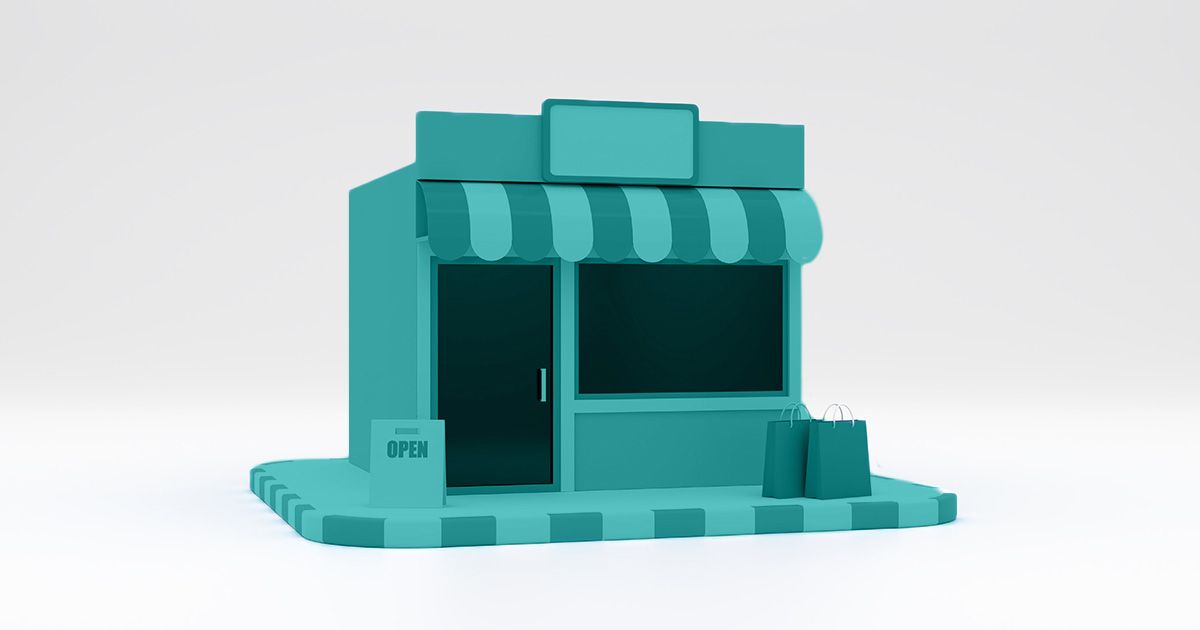In order to attract customers, online retailers must optimize their product detail pages (PDPs) for SEO. When done properly, SEO enables improved web page visibility on the Search Engine Results Page (SERP) through higher rankings over time. Customers can’t buy online merchandise they can’t find. Make it easy for customers to find and buy your products.
In addition to implementing technical SEO elements to facilitate search engine discovery and indexing, PDP’s must include clear and compelling on-page descriptive information designed to capture users’ interest. Online customers have a limited attention span: they will bounce right off to another site if the product portrayed is unclear or unappealing.
Dedicated Landing Pages with Keyword-enriched Product Copy
Each of your online products should be displayed on its own keyword-enriched landing page. There are a number of tools available for keyword research such as Google Ads Keyword Planner (KWP), SemRush, Ahrefs, and more.
Formulating relevant search keywords and phrases that might lead potential customers to your products is both an art and a science: in general you might be tempted to employ broad terms like ‘men’s hiking boots’ for example, because they have the highest search volume. Instead, what you really want to do is find targeted long-tail keyword phrases that are a closer match to your specific products rather than broad, highly competitive ‘head terms.’
Using this same example, you would be better served by the phrase ‘[name brand] brown leather winter hiking boots for men’ even though it has lower estimated search demand than the broad phrase listed above. By implementing specific long-tail keyword phrases in your product page title, meta description, and copy, you are targeting users whose intent is to purchase a product like yours; they’re likely already past the information-gathering phase and have narrowed down their choice.
SEO-Optimized Product Names
In a perfect world, all products offered for sale online would have SEO-optimized names—that is to say—keyword-enriched product names with high potential search volume. Alas, depending on your product line, this isn’t always possible. What’s important is to name your products as descriptively as possible, ideally, working in a brand or keyword term that has some search.
UX: On-Page Elements to Engage Users
User interest and engagement as measured by time-on-page and number-of-pages-visited are among key Google ranking signals. That means landing pages must include complete and compelling information displayed in a clear format that’s easy to read and understand.
- Page Title/Headline with the Product Name (with ‘name brand’ if applicable)
- Product rating/reviews
- Brief introductory description of the product
- High quality product images
- Price
- Size/Colors (if applicable)
- Call to Action (CTA): a prominent BUY NOW or ADD TO CART button
- Additional product details with features, benefits and specifications
- Other applicable “trust signals” such as a Guarantee
- A section that answers Frequently Asked Questions (FAQs)
- Links to related products (or, depending on your product, How To content)
- Social Media/Email Share Buttons
Do craft this original content carefully: In recent years, Google has evolved to reward higher rankings to web pages that contain complete, high quality information than those that don’t. Don’t simply copy and paste the manufacturers’ information.
Product Page Technical SEO
In addition to displaying engaging and informative product information for the users’ benefit, PDPs must include technical SEO elements to help search engine crawlers understand the product and how it relates to the rest of your online store ecosystem. These elements include the following:
- Title Tag: Typically consists of the keyword enriched product name plus seller’s brand name. While there’s no limit to the title tag length, best practices recommend 10-70 characters for maximum efficacy.
- Meta Description: An enticing summary of the product designed to increase clickthrough rates (CTR) on the SERP. This could be the same as the on-page introductory copy. SEO best practices recommend 150-160 characters (a description any longer than that won’t display in full).
- Structured Data Markup: Specific source code that elucidates webpage content to search engines enabling enhanced product information display (“rich results/snippets”) on the SERP. Learn more about the different types of of structured data you can implement to improve online visibility.
- Fast Page Load: Page load speed is important for SEO and user engagement. Your product page should load in under 3 seconds.
- Mobile Optimization: An increasing percentage of shoppers are using their mobile phones to make online purchases. Make sure your product page is easy to find and navigate on mobile and makes it easy for users to complete a purchase (convert).
There are a lot of considerations and steps involved in successfully selling your products online. And there’s a lot of competition. The best way to compete and increase your chances of success is to craft and optimize your product pages following ever-changing best practices. We can help – contact us today.





